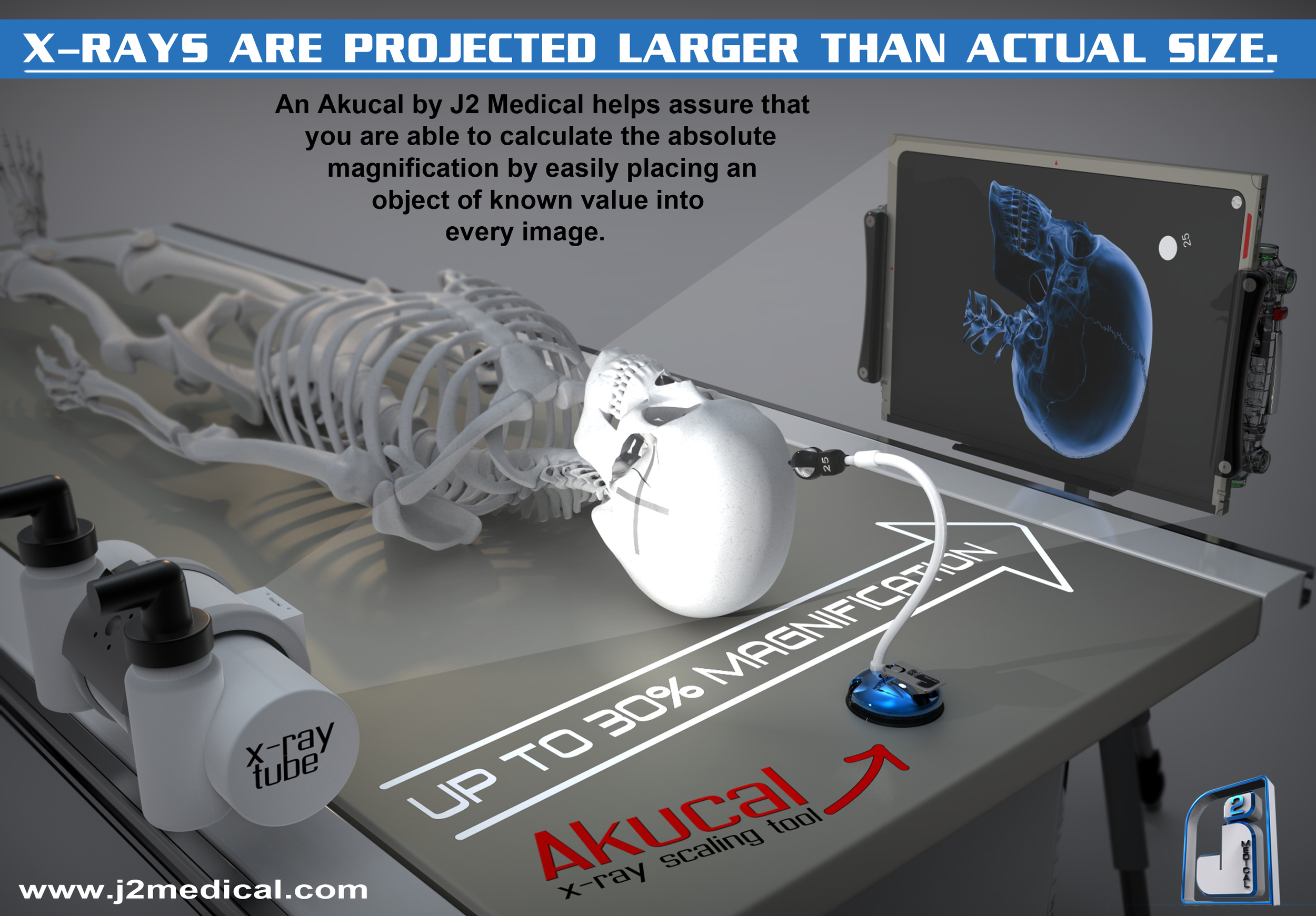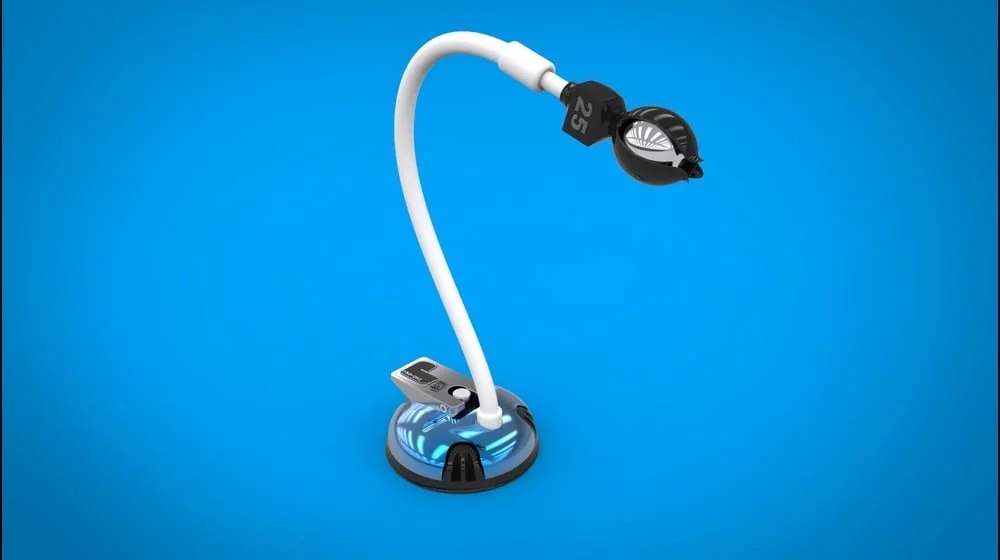When it comes to orthopedic templating, accuracy is paramount. A tiny miscalculation in implant sizing can lead to complications, revision surgeries, and skyrocketing costs. In fact, radiographic scaling is arguably the most important step of the templating process—if you’re not working from a precisely scaled image, every other aspect of surgical planning is built on uncertain ground. Below, we’ll explore why accurate scaling is so critical, how it saves both time and money, and why the Akucal stands out as the best investment an orthopedic practice can make.
1. The Critical Importance of Accurate Scaling
Precision Impacts Outcomes
Choosing the Correct Implant
Implant mismatches don’t just risk patient outcomes—they can cost a fortune in revised procedures and extended recovery times. Accurate scaling is your insurance policy against these avoidable pitfalls.Reducing Revisions & Complications
A revision surgery can cost tens of thousands of dollars, not to mention the extra strain on patients. By ensuring you begin with precisely scaled images, you drastically lower the risk of post-op surprises and the need for corrective procedures.
Scaling as the Foundation of Templating
Whether you’re planning a total hip replacement or fixing a complex fracture, the success of the surgery depends on having the right measurements. Many facilities invest millions in advanced surgical technology but overlook the simple step that could make or break their outcomes: obtaining an accurately scaled radiograph.
2. Akucal: The Pinnacle of Radiographic Scaling
While the importance of scaling may be clear, not all markers are created equal. The Akucal was custom-engineered to meet the high stakes of orthopedic templating, featuring:
CNC’d Aluminum Suction Base
Unrivaled Strength
Each Akucal suction base is CNC-machined from a solid block of aluminum, taking hours to craft. The result? A robust, secure seal that won’t slip—even under the most demanding conditions.No More Shifting Mid-Procedure
Say goodbye to wobbly, plastic bases that compromise your accuracy at the worst possible moment.
Fully Covered, Flexible Gooseneck Arm
Easy to Clean
With no exposed crevices, debris can’t hide, allowing for fast and thorough sanitization.Smooth & Quiet Adjustment
Unlike squeaky coolant hoses used by many competitors, the Akucal’s covered gooseneck is designed specifically for clinical use.
Integrated Marker Size Indicators
Mandatory for True Accuracy
Built-in lead markings ensure the marker’s size is visible on every radiograph, making it easy to confirm calibration. This single feature is a game-changer for orthopedic software providers, who rely on consistent, accurate reference points for digital templating.
Modular “Ballclaw” Tip
Quick Removal, No Tools Needed
The entire tip detaches in seconds, simplifying cleaning or replacement.Streamlined Maintenance
Easily swap the tip if it becomes damaged or needs sanitizing, without halting your workflow.
Versatile Accessories
Extra Markers & Ballclaws – Swap them out on the fly.
“Undercover” Shield – Absorbs radiation in bariatric cases to prevent marker burnout.
Rigid Base – Suction your Akucal onto padded or textured surfaces with ease.
3. How Competitors Fall Short
While the Akucal is thoughtfully engineered from the ground up, many competitors rely on OEM parts pieced together—leading to inevitable issues:
Cheap Plastic Bases
Prone to cracking or losing suction at critical moments, compromising your carefully planned scaling.Squeaky Industrial Coolant Hose
Hard-to-clean segmented hoses gather debris, creating infection control concerns and diminishing the professional feel of your radiography setup.Hollow Markers, No Size Indicators
Hollow markers risk burning out under higher beam settings, especially for bariatric patients. Worse yet, the lack of size indicators means there’s no reliable reference in your images, negating any confidence in digital templates.
4. The Financial and Clinical ROI
Saves Time and Money—Instantly
One Surgery = Instant Payback
If a single procedure is optimized by accurate scaling—leading to the correct implant size, less OR time, and fewer complications—the Akucal essentially pays for itself.Fewer Revisions, Less OR Disruption
Revision surgeries are expensive and time-consuming. By reducing the chances of implant miscalculation, you protect both patient well-being and your bottom line.
Boosts Efficiency in Workflow
Faster, More Confident Templating
Consistent scaling markers empower surgeons and radiologists to trust their measurements from day one, speeding up planning and reducing second-guessing.Optimized for Orthopedic Software
Clear lead markings enhance digital templating, making it straightforward for orthopedic software providers to integrate scaling data seamlessly.
5. Conclusion: The Smartest Investment in Orthopedic Imaging
From selecting implants to preventing costly revisions, radiographic scaling is the bedrock of successful orthopedic surgery. The Akucal has taken a seemingly simple process and elevated it into a high-precision science—one that helps thousands of surgeons worldwide achieve better outcomes, save time, and save money. With its CNC’d aluminum suction base, fully covered gooseneck arm, built-in lead size indicators, and modular Ballclaw tip, the Akucal outshines its competitors in every critical dimension.
When accurate scaling is paramount—and when even a single error can lead to significant financial and clinical repercussions—why settle for less than the best? By investing in the Akucal, you’re not just buying a marker. You’re investing in a purpose-built solution that ensures each procedure is set up for success. After all, it only takes one properly scaled surgery to realize the true value—and watch the Akucal pay for itself the very first time you use it.










